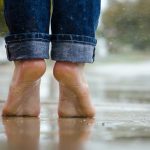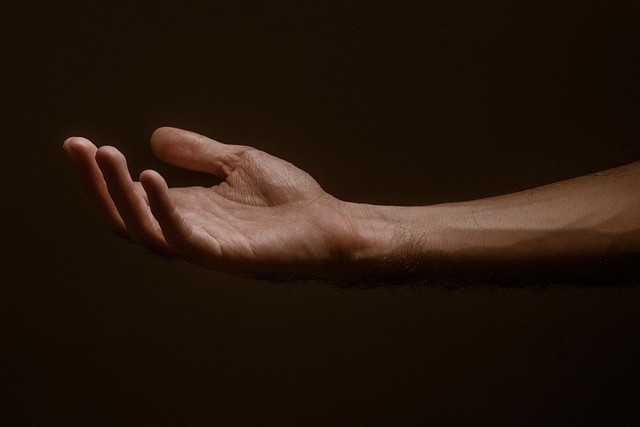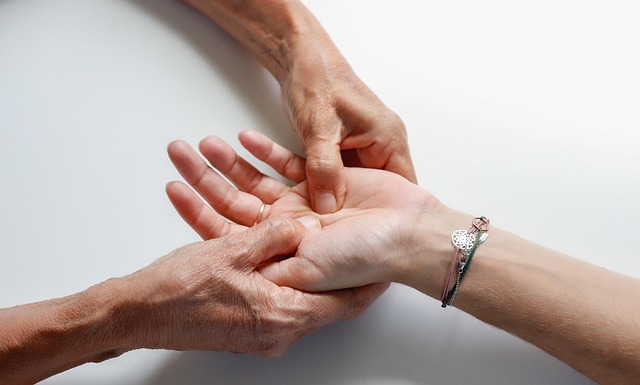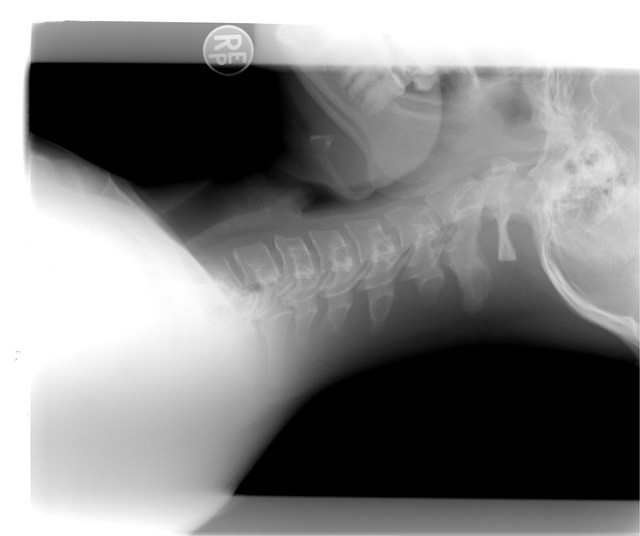In 2021, Hasanpour, et. al., conducted study about Knee osteoarthritis, which is the most prevalent joint disorder, has become a subject of keen interest for non-medical treatment research. In a clinical trial conducted at Imam Ali Hospital’s Physical Therapy Clinic, researchers sought to compare the impact of aromatherapy and massage therapy on knee pain, morning stiffness, daily life function, and overall quality of life in patients with knee osteoarthritis.
A total of 93 patients referred to the clinic were randomly assigned to three groups: massage therapy (n = 31), aromatherapy (n = 31), and a control group (n = 31). To evaluate the effects of the interventions, researchers utilized the Knee Injury and Osteoarthritis Outcome Score (KOOS) questionnaire and a demographic characteristics questionnaire. Baseline data were collected before the interventions, and subsequent assessments occurred at the 5th and 10th sessions after intervention for all three groups. The statistical analysis employed SPSS software version 20, and various tests, including Chi-square, Fisher’s exact test, repeated measures test, one-way ANOVA test, and Tukey’s post hoc test, were employed for the analysis.
The findings indicated that in the aromatherapy group, the mean score subscale for Symptoms and dryness was significantly higher than that of the control group during the 5th and 10th sessions of intervention (p < 0.05). Remarkably, the massage therapy group exhibited the highest pain scores at the onset of the intervention, which significantly decreased by the end of the 10th session. Furthermore, the mean score subscale for Performance of daily life in the aromatherapy group was notably higher compared to the control group during the 5th and 10th sessions of intervention (p < 0.05). Notably, the mean score in the subscale for Performance, exercise, and recreational activities significantly differed between the aromatherapy and massage therapy groups compared to the control group across all intervention sessions (p < 0.05). However, no significant differences were observed between the groups in terms of Quality of life throughout the intervention (p > 0.05).
The results of this study emphasize the benefits of both massage therapy and aromatherapy for managing knee osteoarthritis in patients. However, it is crucial to extend the duration of interventions to at least 6 months to observe the full effects on patients. These non-medical treatment approaches offer promising alternatives for enhancing knee osteoarthritis patients’ symptoms and improving their overall quality of life. Further research is warranted to explore the long-term effects and potential combinations of these therapeutic modalities.
Reference: Hasanpour-Dehkordi, A., Kabiri, F., & Dris, F. (2021). Comparing the effects of massage therapy and aromatherapy on knee pain, morning stiffness, daily life function, and quality of life in patients with knee osteoarthritis. Complementary Medicine Research, 28(4), 292-299.




